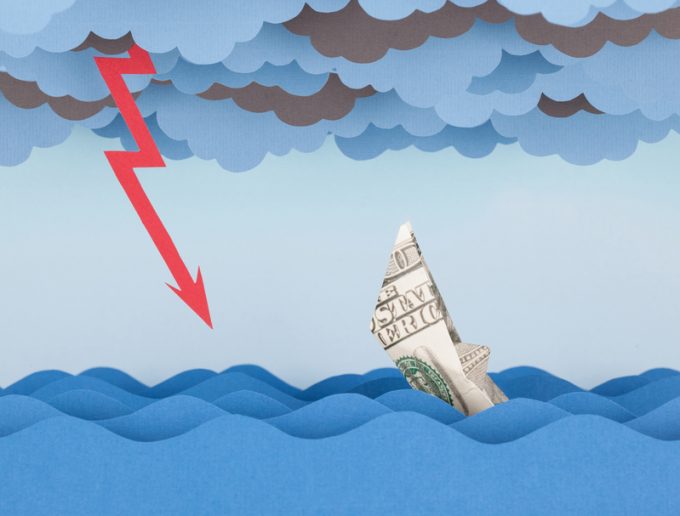DHL Express suspends non-de minimis B2C parcels to US consumers
DHL Express has suspended B2C (business to consumer) shipments with a value above $800 to ...

Today’s Shanghai Containerized Freight Index (SCFI) saw spot rates tumble again on the transpacific, as softening demand reflected the impact of US tariffs on Chinese imports.
Rates from Asia to US west coast ports, as recorded by the SCFI, slumped a further 9% this week to $1,229 per 40ft, as shippers rowed back on front-loading to beat new import tariffs on 15 December.
However, for the more robust lane to the US east coast ports, the drop in container spot rates was ...
Outlook for container shipping 'more uncertain now than at the onset of Covid'
Transpac container service closures mount
Zim ordered to pay Samsung $3.7m for 'wrongful' D&D charges
Flexport lawsuit an 'undifferentiated mass of gibberish', claims Freightmate
Shippers warned: don't under-value US exports to avoid tariffs – 'CBP will catch you'
Cancelled voyages take the sting out of spot rate declines this week
New Houthi warning to shipping as rebel group targets specific companies
Blanked sailings in response to falling demand 'just a stop-gap solution'

Comment on this article